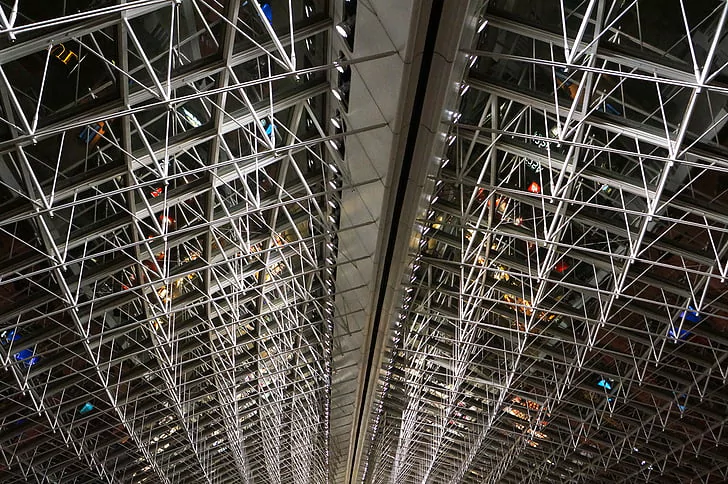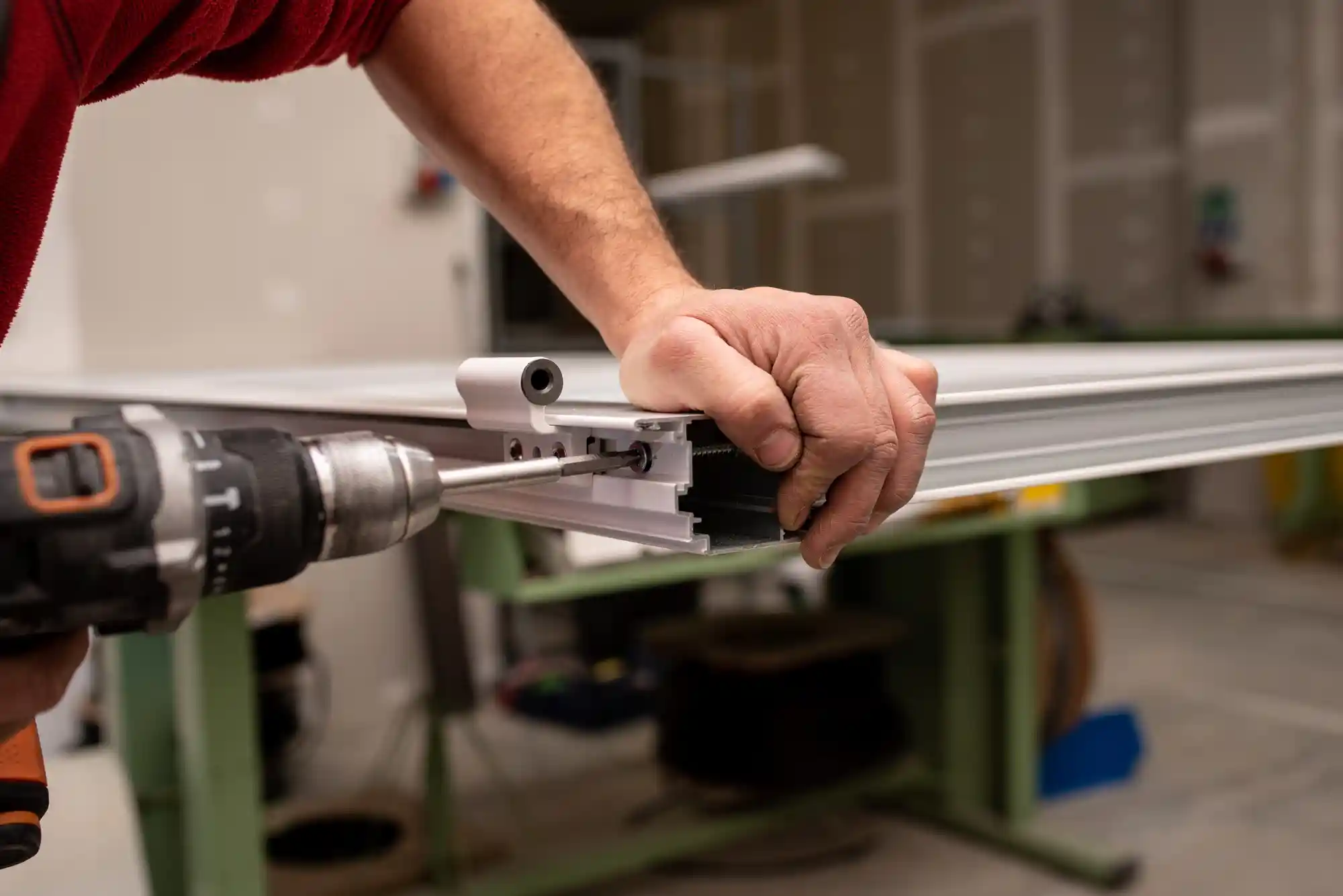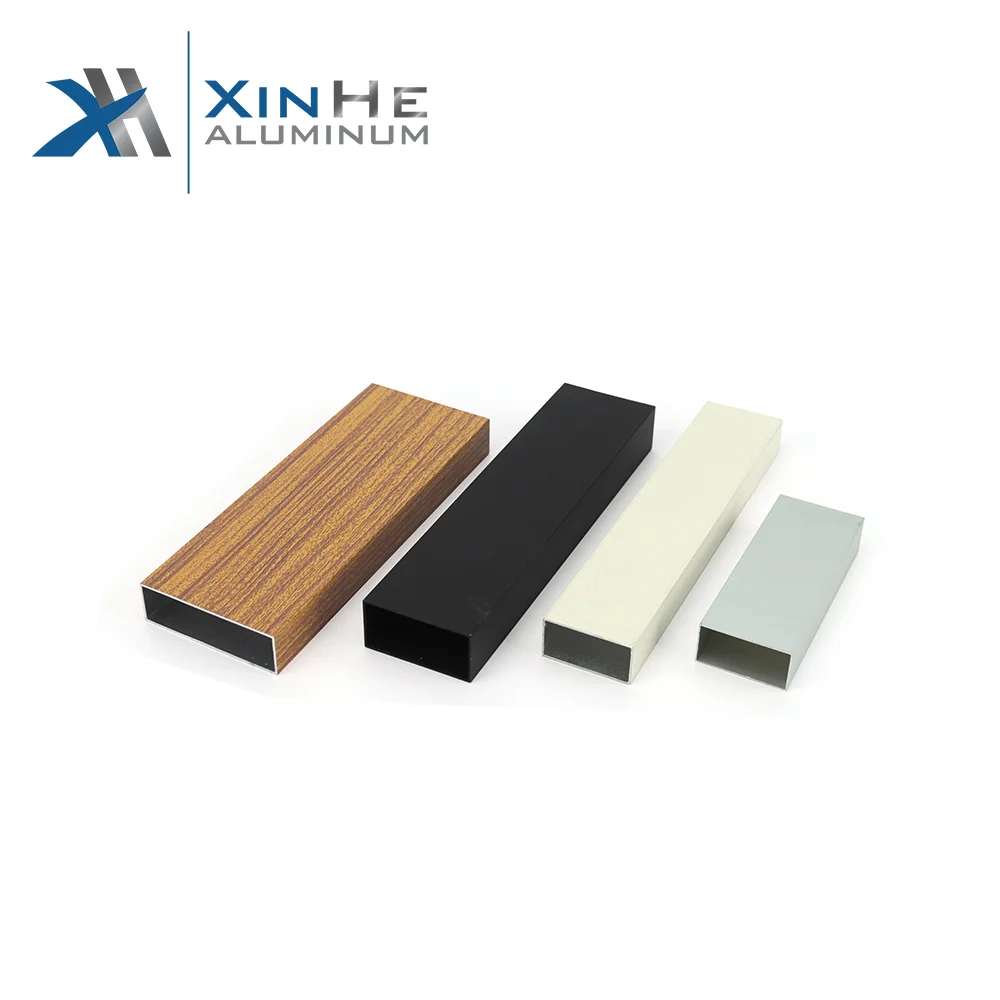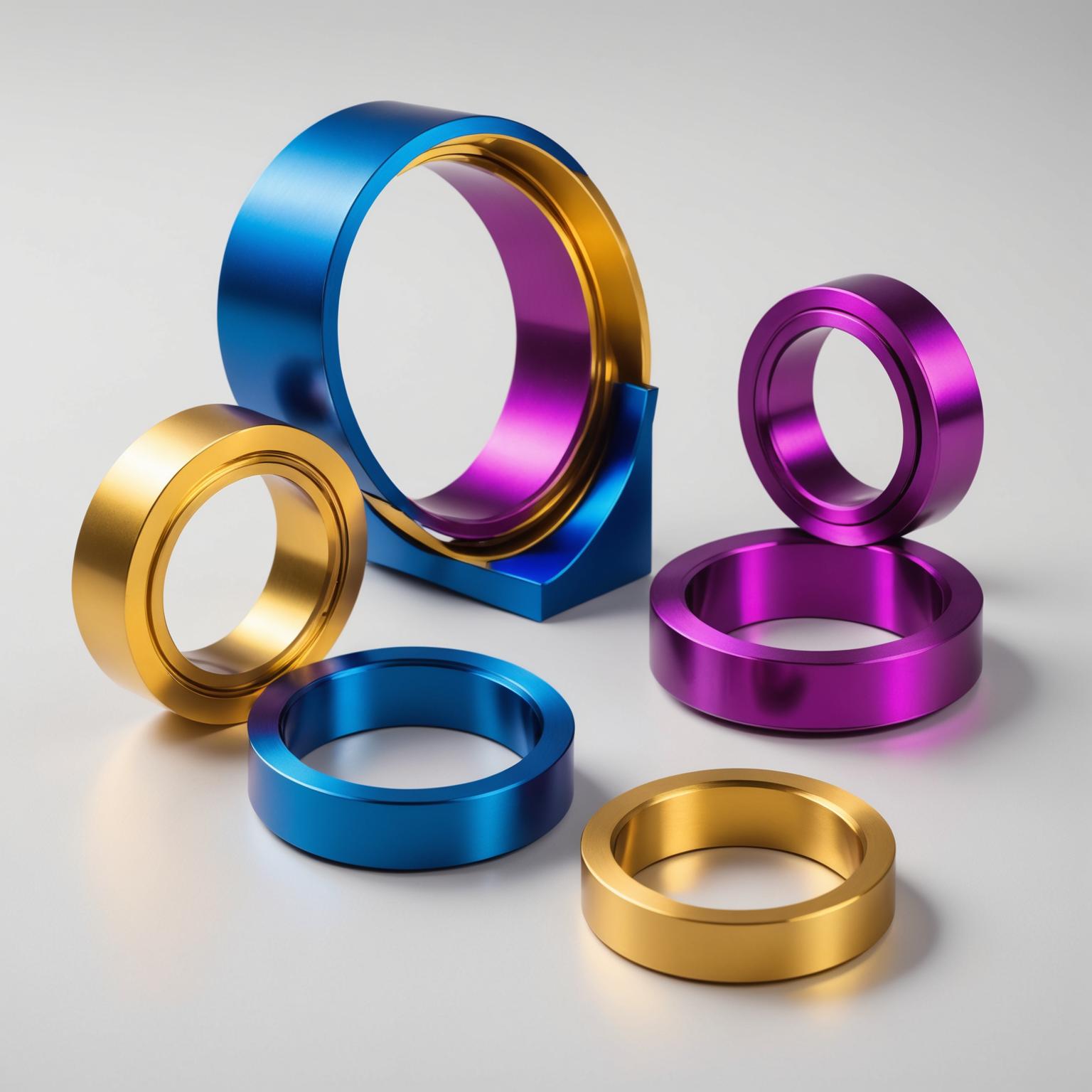The choice between CNC aluminum and cast metal is driven by differences in their qualities, production processes, and applications. Whether you’re drawn to the precision and versatility of CNC machining or the classic craftsmanship of casting this in-depth guide will walk you through the strengths, costs, and sustainability of each. Learn how these manufacturing techniques are changing industries and find out future trends pushing innovation and efficiency.
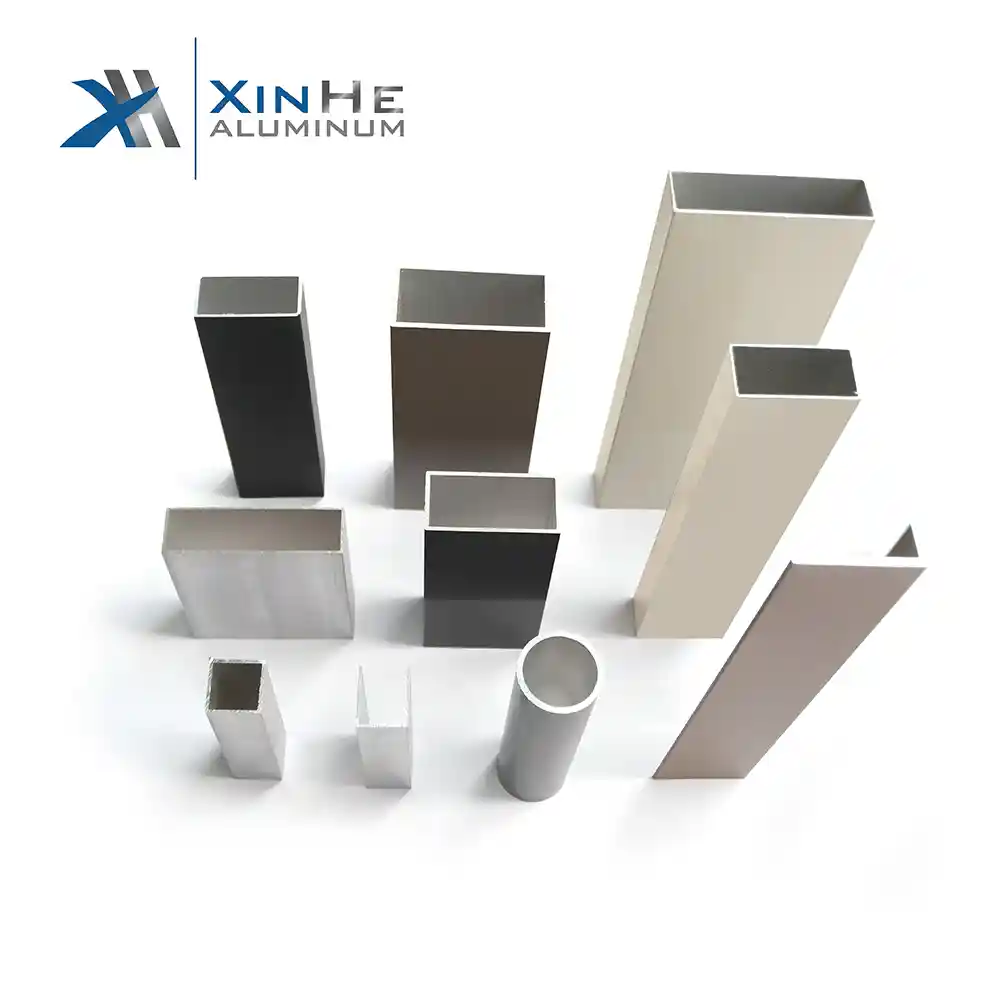
Definition of CNC Aluminium
Aluminum components created using CNC machining are referred to as CNC aluminum parts with machines under computer control ensuring the production of these parts.
1.Characteristics of CNC Aluminium
Aluminium processed using CNC technology is known for its craftsmanship and sleek surface finish. Its ability to maintain measurements makes it ideal for intricate designs. The material is lightweight yet sturdy. Provides excellent resistance to rust while offering good thermal conductivity.
2.Common Uses of CNC Aluminium
Aluminum that has been shaped using CNC machining is utilized in sectors such as aerospace and automotive industries as well as in electronics and medical equipment manufacturing fields for a range of purposes from basic components to intricate pieces, like heat sinks and casings.
Definition of Cast Metal
Crafted from metal poured into a mold that sets and hardens in place as it cools down—a traditional method of manufacturing that allows intricate shapes to be shaped with minimal requirement for further manipulation processes.
1.Characteristics of Cast Metal
Metal casting often utilizes alloys to provide versatility in terms of mechanical characteristics and properties while being recognized for its precise dimensional accuracy and the capability to create intricate shapes that can be challenging with other methods.
2. Common Uses of Cast Metal
Many industries commonly employ this technique to manufacture engine blocks and machine parts well as pipes and ornamental items due to its ability to efficiently produce large quantities of these items in sectors such as automotive manufacturing and construction that deal with heavy machinery.
Production Process: CNC vs. Casting
1. CNC Machining Process
Steps Involved in CNC Machining
The CNC machining process begins with designing a part using CAD software before translating the design into a CNC program to guide the machine tools in shaping the material fixed to the machine bed through cutting tools.
Tools and Technology Used in CNC Machining
Different types of equipment such as lathes and mills are commonly used in CNC machines along with routers and grinders that come with functionalities, like axis capabilities and automated tool changers to enhance precision and productivity.
2. Casting Process Overview
Steps Involved in Metal Casting
Crafting a metal casting starts with shaping a mold to replicate the intended shape and then pouring metal into it to cool and solidify within the molds boundaries.
Tools and Technology Used in Casting
In order to work with metal effectively you must have furnaces for melting the metals and use molds constructed from either sand or metal along with tools to pour the metal efficiently. In today’s world advancements, such as 3D printed molds have emerged which improve precision and reduce manufacturing time significantly.
Comparing Material Properties: Strength, Durability, and Flexibility

1. Strength and Durability of CNC Aluminium
The strength of CNC aluminum is affected by factors, like the types of alloys mixed in it and the methods used for heat treatment and machining settings selected for it wisely can enhance its properties significantly.
2. Strength and Durability of Cast Metal
The strength of cast metal is influenced by the alloy selected for the casting process, the rate at which it solidifies and the design of the mold involved in casting these components all contributing to the formation of the grain structure that ultimately affects the mechanical properties and performance of the metal object as a whole.
Cost Considerations: Budgeting for CNC and Casting Projects
1. Cost Factors in CNC Aluminium Production
Material Costs for CNC Aluminium
The price of materials depends on the grade of aluminum used; better alloys come at a cost due to their outstanding properties that justify the increased expenses.
Labor and Machine Costs for CNC Machining
Skilled workers handle labor expenses by programming machines whereas the costs of machinery include maintaining the equipment used in machining tasks.
2. Cost Factors in Cast Metal Production
Material Costs for Casting
The choice of materials for casting varies based on the type of alloy utilized and has an impact on cost considerations. Ferrous metals are generally more cost effective than nonferrous alternatives, like aluminum alloys and copper based options.
Labor and Equipment Costs for Casting
I set up the molds for work and manage the furnace operation and mold making facilities expenses as part of labor and equipment costs; however using automation can reduce labor requirements. Requires an initial investment in capital.
Applications: Choosing Between CNC Aluminium and Cast Metal
1. Benefits of Using CNC Aluminium in Various Applications
Businesses requiring parts often favor CNC aluminum due to its ability to consistently manufacture components and its lightweight properties which are perfect for industries where weight reduction is critical, like the aerospace sector.
2. Benefits of Using Cast Metal in Various Applications
Many industries that need to mass produce items at a low cost prefer using cast metal because it can create shapes efficiently without requiring extra steps. The automotive sector depends greatly on casting for producing engine parts.
Environmental Impact: Sustainability in Production Methods
1. Waste Management and Recycling Opportunities for CNC Machining
In the realm of CNC machining waste primarily stems from the discarded chips during cutting processes; yet when these chips undergo recycling their impact can be significantly minimized.
- Energy Consumption and Emissionsfor Casting Processes
In the process of casting metals and materials efficiently heating up requires an amount of energy which can lead to emissions compared to other production techniques; nonetheless efforts focusing on improving furnace efficiency can help lessen the environmental effects of such procedures.
Future Trends: Innovations in CNC Aluminium
1. Emerging Technologies and Enhancing Efficiency
Incorporating technologies such as merging manufacturing with conventional CNC techniques enhances productivity by allowing quicker creation of complex designs and minimizing material wastage.
2. New Materials And Methods Improving Sustainability
Recent advancements in materials like friendly binders used in molds and improved melting techniques aim to create a more sustainable casting process with a focus on reducing reliance of non renewable resources and decreasing the carbon footprint associated with conventional methods.
XiHui Aluminium Co., Ltd. : the best choice for CNC aluminum
They possess 30 years of industry experience and specialize in aluminum extrusion profiles, including the production of ultra-thin profiles and have 15 automatic extrusion lines providing a variety of aluminum profiles for different uses. Besides they offers many services for costumers, including OEM&ODM, online consulting, project contractor,after-sale services, etc.
FAQs
- What is the main advantage of CNC aluminium over cast metal?
CNC aluminium offers superior precision, making it ideal for intricate designs and applications requiring high dimensional accuracy.
- Which process is more cost-effective for large production runs?
Casting is generally more cost-effective for large-scale production due to its ability to produce complex shapes efficiently with minimal material waste.
- What is the best metal to CNC machine?
Aluminum is often considered the easiest metal to CNC machine due to its good thermal conductivity and relatively low cutting power requirements.
- Is CNC machining stronger than casting?
CNC machined parts are generally stronger than cast parts because CNC machining maintains the integrity of the metal, while casting can introduce impurities or bubbles.


